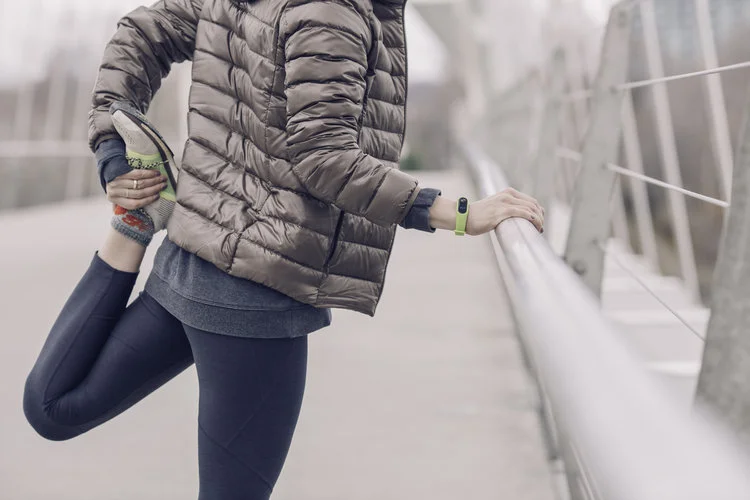A Physical Therapist's Guide to Injury Management
Both coaches and athletes alike want to maintain health over the course of the season. With this post, I am going to address dysfunctions I commonly see as a physical therapist and how I use my self-derived algorithm when evaluating, diagnosing, and treating the athlete. I hope to help coaches develop a treatment plan when athletes come to you with the occasional ache and pain. For athletes, my intent is to guide your plan for conservative care with simplified, early interventions.
The paradigm I use while assessing an injury. Below I discuss how this guides my treatment.
The first area I address is the tissue. Whether it be muscle or nerve tissue, this will give a direction for care once we identify the cause of derangement or dysfunction. A few things I look for are trigger points, inflammation along a nerve root, nerve entrapment, or tenderness to palpation. Whenever we are experiencing pain, there is a reason for sensitivity in a particular region. My goal is always to reduce the cause of inflammation while normalizing any soft tissue dysfunction that may be accompanying the pain.
With use of manual therapy interventions such as integrative dry needling, tissue mobilization, and trigger point release I focus on decreasing the inflammatory response to eliminate pain. I like to suggest use of a theracane or a small ball (ie: tennis or golf ball) for self mobilization techniques. Common areas of tightened tissue tension in triathletes tend to be the plantar fascia, posterior tibialis muscle, calves, or scapular stabilizer musculature between the shoulder blades. In my next post, I will describe treatment techniques in more detail.
The second factor I examine when treating my athletes is input from the neuromusculature system. We have to be sure our athlete’s bodies are wired with strong connections from the brain to the muscles to facilitate coordinated movements. A simple example is weakness seen through the pelvic girdle and deep abdominal musculature. It’s common to have an athlete arrive to the clinic unable to maintain proper pelvic alignment in a single leg stance or even recruit the spinal stabilizer musculature. This is when it becomes most important to awake the intrinsic musculature of the injured region. By activating appropriate muscles, I have seen improvements in my athletes including run efficiency, reduced injury, and improved disassociation between the spinal segments for improved swim mechanics.
The next areas I address, which I am combining here, are joint mobility and muscle flexibility. If we have limited mobility through the hips with tightness in the hamstrings, it’s no wonder power production on the bike is a limiter for an athlete. Not only are mobility and flexibility good recovery techniques, they are also an integral part of performance. Once inflammation has been reduced in step #1, a good flexibility and mobility program can reduce muscle guarding and being to normalize previously altered movement patterns.
Now that the tissue has been repaired and quality movement patterns have been established, it’s time to begin loading the healthy tissue. This is when I incorporate both general and sport specific strength training into an athlete’s regimen. The goal of this phase is to increase stress to musculoskeletal system in a pain free manner.
Returning to sport pain free is the goal of each athlete I encounter. Once I feel the body is ready and capable, I begin to incorporate sport specific drills, agility, plyometrics, and part tasks activities that safely reintroduce the sport. From here, I design a tailored training program that allows the athlete to become more acquainted with their sport rather than rehabilitation techniques. From here a safe progression into full return to sport is taken.
I hope this blog helps the coach and athlete better detect which areas of limitation may be keeping you or your athlete out of the desired sport. Stay tuned for a breakdown of each category I talked about above with specific interventions for each!

